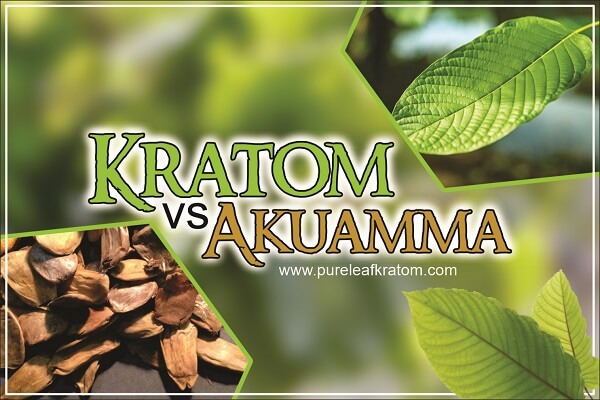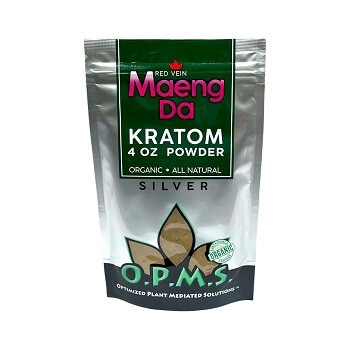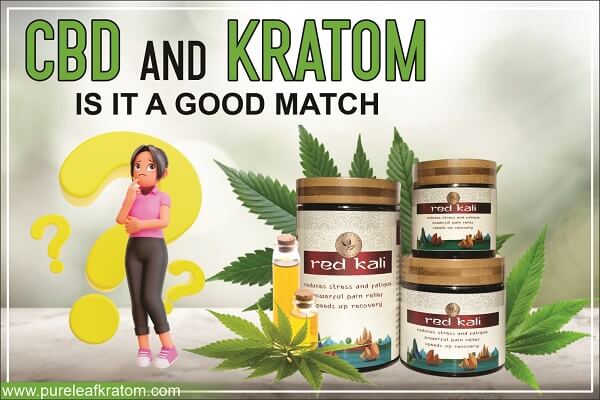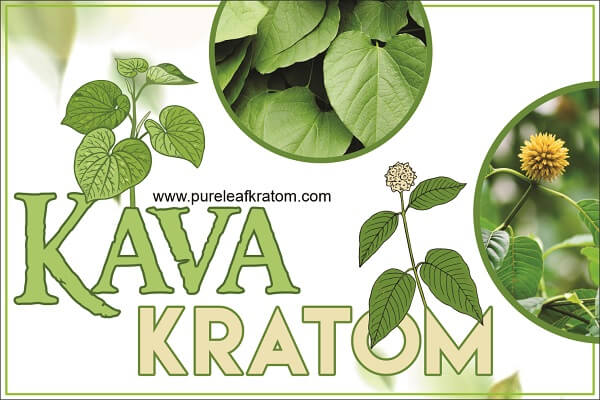
How Do Kratom and Akuamma Differ From Each Other?
You might have heard about Kratom and Akuamma. Kratom is considered one of the most popular herbs in the botanical family. One such plant is Akuamma. Although it is not as famous as Mitragyna Speciosa, there are better chances for this product to seize the market in the future.
The fascinating thing is that both herbs have comparable compositions. What specific differences exist between the two, then? Before deciding which is ideal for you, it's critical to understand the unique features of Kratom and Akuamma as well as their similarities and distinctions.
To help you understand how Kratom and Akuamma are distinct from one another, this guide will give a thorough explanation of the herbs and especially highlight the point about Akuamma vs Kratom.
Akuamma: What Is It?
Akuamma is a natural plant product that is offered in powder form and is similar to Mitragyna. The Akuamma seed powder you'll find in the market is made from the crushed seeds of the Picralima nitida tree. For a while, Ghana, Nigeria, and the Ivory Coast in particular have employed Akuamma powder.
 Click Here To Buy Potent Raw Kratom Powder White Maeng Da Online
Click Here To Buy Potent Raw Kratom Powder White Maeng Da Online
Different Variations Of Akuamma
The Picralima nitida trees serve as the raw material; it is only via the extraction, grinding, and transformation of this plant into various products that people who are halfway across the world from the tropics can access it.
The different variations available presently for Akuamma are:
- Seeds
Akuamma seeds are very popular since many people prefer to grind them themselves to ensure quality and avoid contamination. Fruits are used to extract the seeds, which farmers clean, wash, and pack. - Powdered
The seeds are made more palatable in the form of powder. Since Akuamma is simple to consume and is used in a variety of dishes and combinations, many people choose the ground and extracted versions. - Capsules
Many herbal supporters who use Picralima nitida extracts in a variety of forms frequently lament the extremely bitter taste that makes it nearly impossible to swallow. Not to fear; we have a remedy for that as well. The tasteless casing of Akuamma capsules, which are made of powdered seeds, makes swallowing them a breeze.
Different Production Stages You Must Be Familiar With
The following is a summary of the manufacturing steps:
- Initial Stage
At the very initial stage, experienced native American farmers from Ghana, Nigeria, and the Ivory Coast cultivate the Picralima nitida trees in their nations' Greenland. - Intermediate Stage
The farmers harvest the trees once a proper amount of time has passed during farming and tree growth. The pulpy fruit contains the seeds that are used to create the finished goods. Farmers remove seeds at the time of harvesting fruit. - Final Stage
Farmers lay out the still-wet seeds in bright sunlight. They are allowed to dry for a few days so that the moisture content is decreased to almost zero. The seeds are ground or powdered as the last step.
Kratom: What Precisely Is It?
This herbal plant, also known as Mitragyna Speciosa, is native to the tropical regions of Southeast Asia. This herb is traditionally taken from chewing on the raw leaves of the plant.
These days, many other forms of this plant are available in the market, including Kratom powder, Kratom capsules, tinctures, Kratom extracts, candies, and tea.
Production Phases Of Kratom
Raw Kratom is naturally harvested from the plant, but several steps are required to transform it into a refined form.
Additionally, it goes through many other procedures, as listed below. The finished product is a completely new botanical compound with qualities that are different from those of the raw material.
- Initial Phase
Due to the presence of wet tropical rainforests, Southeast Asian nations including Thailand, Vietnam, Indonesia, and Malaysia are the best places to cultivate Speciosa trees. The trees can reach a height of more than 80 feet because they thrive in good, open soil with plenty of sunlight. It features huge, glossy, green leaves that are processed after they reach a specific size and age. - Intermediate Phase
There are many variations in the color, size, and potency of this plant's leaves. Red, green, and white strains are the few variations in the quality of the leaves. It is crucial to understand that the concentration of alkaloids, which determine the final product's qualities, in the herb's leaves depends on the time of harvest. Sunlight exposure is the only other element that affects color and features. - Final Phase
Farmers rinse the leaves under running water after collecting them to get rid of the debris. This is a crucial step since, after leaves are powdered, it is difficult and time-consuming to trace dirt and dust without using lab testing. The leaves are then placed in bright sunshine on big racks to dry. The leaves are either sold for direct chewing or ground to kratom powder for easy ingestion after drying to the farmer's satisfaction.
Difference Between Kratom And Akuamma
When consumed, the Akuamma and Kratom have fairly similar qualities, but they nonetheless differ greatly from one another. All of the following characteristics set Kratom and Akuamma apart from one another:
- The entire Picralima plant is utilized including the roots, stems, flowers, leaves, and seeds. On the other hand, to fully acquire the fruitful outcome of Korth, only its leaves are used.
- Many nations, including particular areas of the US and Canada, as well as Southeast Asia, have unbanned Kratom excluding a few states of the US. However, the African plant, Akuamma is not subject to legal constraints and is readily available for purchase and usage in numerous nations worldwide.
- The amount of Kratom and Akuamma depends on your choice. Although a modest dose of the powerful herb Mitragyna has more influence than a similar dose of Akuamma.
- Akuamma is made from the seeds of an African plant, whereas Kratom is made from the tree leaves of a Southeast Asian plant.
Conclusion
It's impossible to ignore the popularity of herbal plants, particularly those like Kratom and Akuamma. You might want to give these items a try for yourself because their popularity is growing every day. To see how Akuamma differs from Kratom, read the above article.
Additionally, be sure the product is of the highest quality before purchasing either one. You must know that just because something works for someone else doesn't mean it will work well for you as well. So, the best course of action is to consult with your doctor before buying kratom for sale.
Frequently Asked Questions
Q: Can I replace Kratom with Akuamma?
A: There is no research available that particularly tells if it is good to replace Akuamma and Kratom with each other. If you are planning to do so, it's better to consult your health practitioner.
Q: What are the popular strains of Mitragyna Speciosa?
A: According to the color of the veins, the stem of the leaves, and its major application, Kratom is often categorized into three main types: red veins, green veins, and white veins. Apart from that, yellow, gold, and black strains are also available in the market these days, but they are rare.
Q: What is the similarity between Kratom and Akuamma?
A: The basic similarity between Akuamma and Kratom is that both compounds don't need much processing because they come from natural sources. Furthermore, you will mostly find Akuamma and Kratom in the powdered form.
 Click Here To Shop Premium OPMS Silver Kratom Powder Red Vein Maeng Da Online
Click Here To Shop Premium OPMS Silver Kratom Powder Red Vein Maeng Da Online




